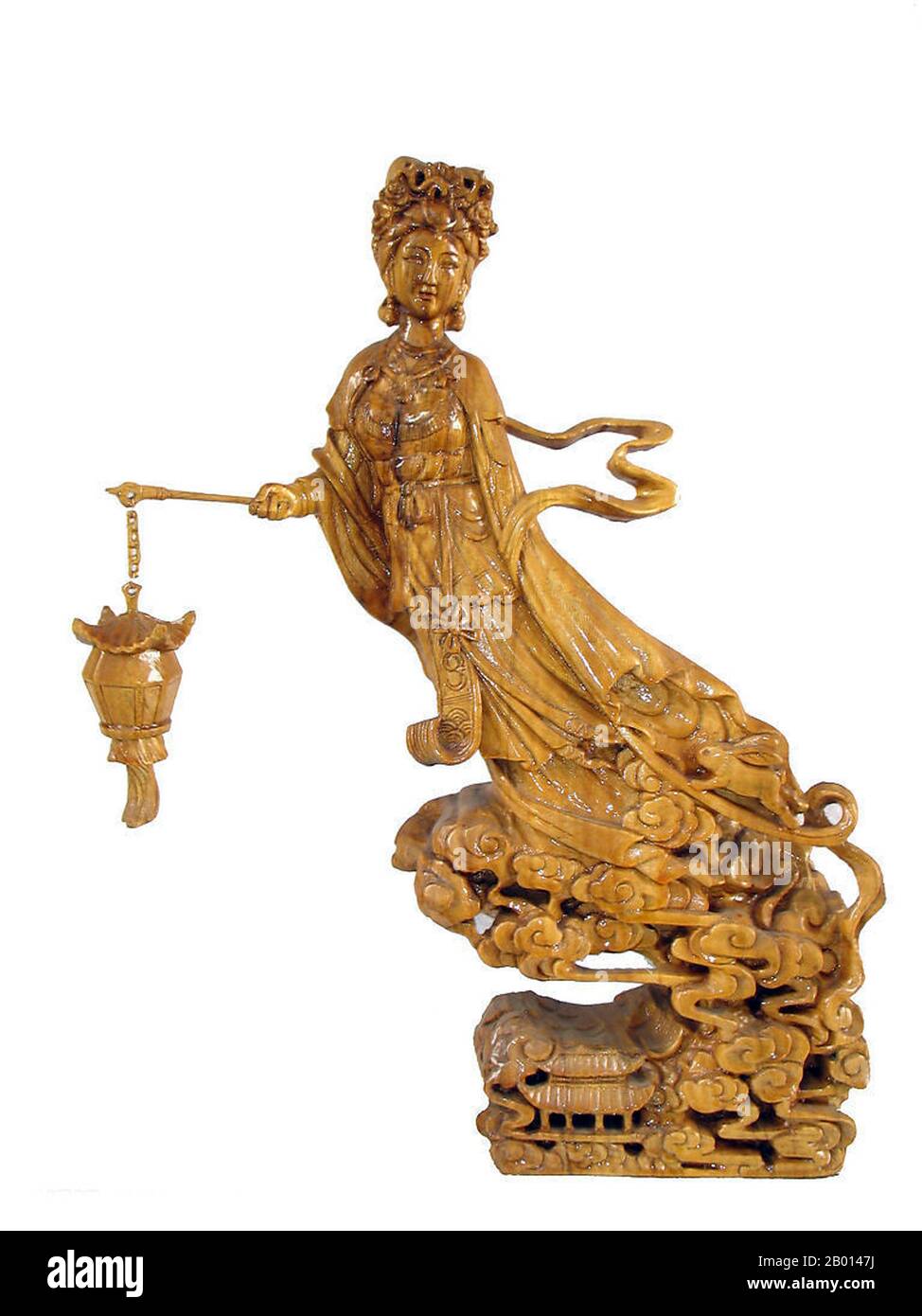
#ELIXIR OF IMMORTALITY CHINESE NAME HOW TO#
The rabbit, who knew only how to gather grass, instead offered its own body, throwing itself into a fire the man had built. When an old man begged for food, the monkey gathered fruits from the trees and the otter collected dead fish from the river bank, while the jackal wrongfully pilfered a lizard and a pot of milk-curd. In the Buddhist story "Śaśajâtaka" (Jataka Tales: no.316), one of the Jataka Tales, a monkey, an otter, a jackal, and a rabbit resolved to practice charity on the Uposatha, believing a demonstration of great virtue would earn a great reward. From an 18th-century imperial robe embroidery The story White Rabbit in the Moon making the elixir of immortality. However, in Japanese and Korean versions of the story, it is just pounding mochi or tteok. In Chinese folklore, it is often portrayed as a companion of the moon goddess Chang'e, constantly pounding the elixir of life for her. The Jade Rabbit, also called the Moon Rabbit, is a rabbit that lives on the moon. In its axiality, the lamp takes on the properties of an axis mundi.The name of this story in Chinese is 玉兔, or 月兔. The whole composition suggests the western immortal mountain Kunlun, which was thought to be held up on the back of a tortoise. Hybrid creatures support four more lamp cups along the outer perimeter, two on each side. The assemblage is supported by an ursine-like creature standing on the back of a giant tortoise. Two more lamp cups are to either side of the figure of Xiwangmu. Two mounted drummers are on either side, and below them are two cup-bearing attendants on the backs of tigers. Surmounting the image of the Queen Mother is a drum on the back of a feline creature capped by a canopy-parasol. Below her, two supplicants with staffs kneel in front of an open door, perhaps an entry to the realm of the immortals over which she was thought to preside. She appears on such a throne in the center of this lamp flanked by the sun and the moon symbolizing the two cosmic forces, yin and yang, and attended by three of her acolytes: a rabbit pounding the elixir of immortality, a three-legged bird, and a nine-tailed fox. There she was seated on her dragon-and-tiger throne and accompanied by fairies and divine animals. She was said to live on the summit of the immortal mountain Kunlun, where trees of deathlessness grew and the water of deathlessness flowed. She was omnipotent, able to bless people with wealth and children, and especially efficacious in helping people escape from worldly troubles. In popular belief, Xiwangmu was the deity who controlled the secret of immortality. The popularity of the Xiwangmu cult derived from the search for immortality, which rose to an unprecedented height during the Han dynasty. Her image became standard decoration for tombs and funerary shrines. Shortly before the beginnning of the Common Era, she was worshipped both at the imperial court and among the masses.




During the Western Han period (206 B.C.E.–9 C.E.), she was further linked with the concept of a western immortal land. In the writings of Eastern Zhou (770–256 B.C.E.) philosophers, Xiwangmu is described as timeless and deathless. The name Ximu, "Mother of the West," appears in Shang-dynasty oracle bone inscriptions this has led some scholars to believe that worship of this goddess already existed before the eleventh century B.C.E. The roots of her legend may go back to high antiquity. The Queen Mother of the West, Xiwangmu, was the most prominent female deity in early Chinese mythology.


 0 kommentar(er)
0 kommentar(er)
